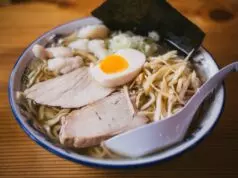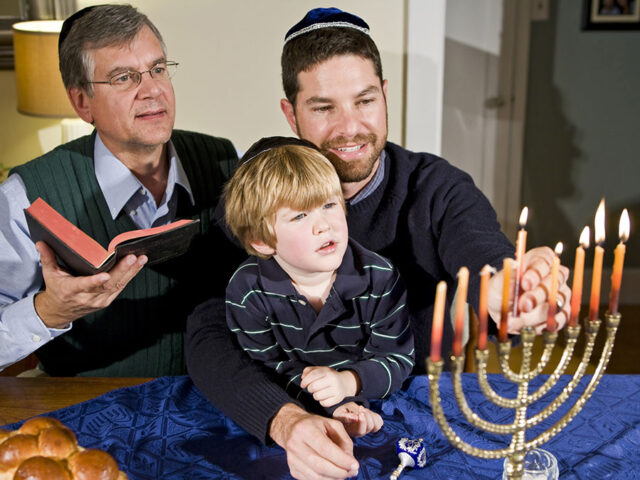
When speaking about the first Jewish population in the USA, their acclimatization was tough-enough as one can imagine. The association with the Jewish nation is their will to succeed in any profession.
Above all, a compliment through centuries for all members of the Izrael country was the endurance not to surrender under challenging circumstances. The first Jewish population on the soil of the USA was mentioned in 1654 when 23 people arrived in then New Amsterdam or New York later known when the British won it back.
From the cultural point of view, the path of the Jewish nation has been full of thorns and obstacles. For example, in some Germany municipalities like in Bavaria in 1810 – 1830, the law stated extremely aggravating conditions under which a member of the Jewish population can engage in marriage.
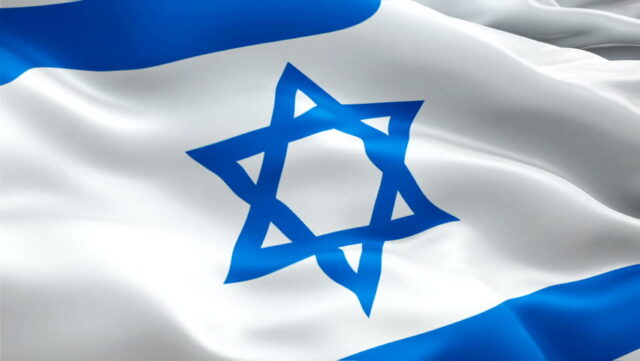
Besides the financial imposts, a person had to present a written proof that another member of his Jewish society has passed away to be granted to marry.
The New World became a place for a significant number of German Jews to find a second chance to start again. From the 1850s the number of Jewish people 17000 raised in the next 30 years to 270000(the majority of them from Germany).
One thing through years that has helped protect their national treasure and heritage were their traditional items that have spread around the globe. To honor the Jewish culture and tradition in the USA, we came up with several items that they used throughout history.
Tefillin

We start the list with Tefillin, the most recognizable sign through the history of the salvation of the Israelian people out of Egypt. Many people tend to overlook the cultural and historical value such an item has today and in the years before.
Basically, Tefillin or phylacteries, when translated on English, represent two small wooden boxes covered with leather. The mentioned boxes contain parts of parchments written with verses of the Torah, tied in leather straps. It is intended to be worn around the head and the left arm carefully affixed when attending the prayers in the morning.
Note that in the non-Orthodox society of Jewish people, men and women carry it during the prayers. While in the Orthodox community, only the man’s gender is allowed to have it beside them during the morning ritual of speaking to God.
Dreidel
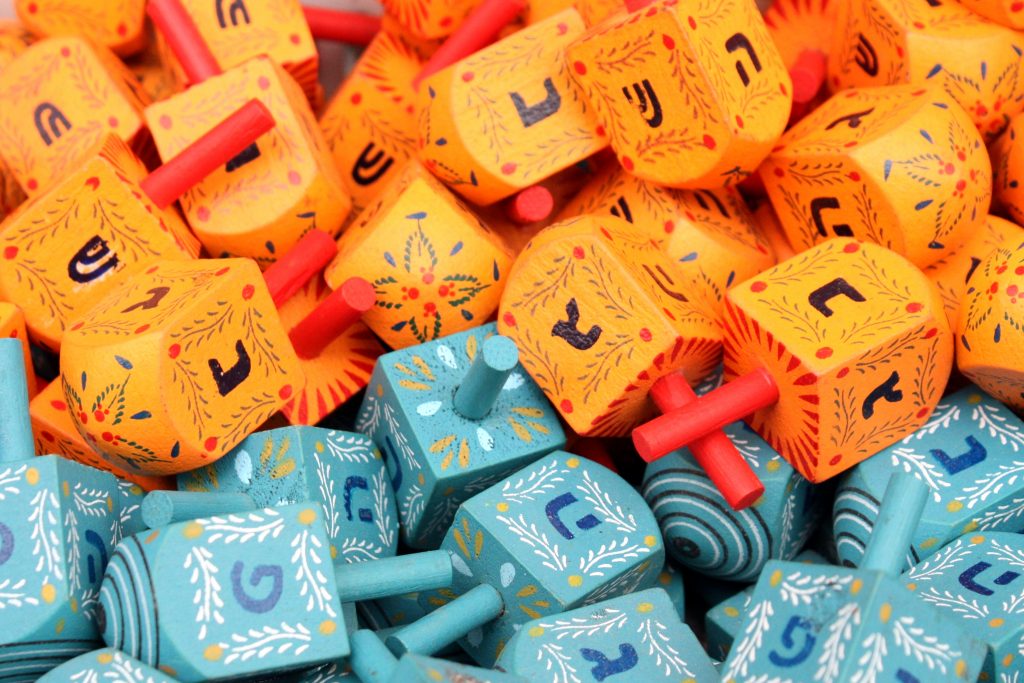
Next on the list of items is probably the most exciting to have around when you feel like playing with it, Dreidel. The mentioned items are still hugely popular through Hanukkah as a gambling game with a four-sided thing telling the fortune of the person playing.
Each side of Dreidel has written letters of the Hebrew language: Hei, Nun, Gimel, and Shin. Every mentioned letter on the Hebrew language has its meaning when you gamble with Dreidel. For example, Gimel – all, Hei- half, Nun- nothing (the less popular of the mentioned letters), and Shin – put in.
It may sound like we are talking about an old version od Texas Holden rules, but these are the real meaning of the Hebrew letters written on the Dreidel. When translated from the Hebrew language, the combined letters from the Dreidel mean, ” A great miracle happened there.” Throughout centuries, Dreidel has remained an item that brought people together during the Hanukkah, but even after it.
Dating back to the old Greek’s and the Roman empire, the Dreidel was associated with the game teetotum. Played at the time on locations throughout the Roman empire on Chrismas and in Germany using a similar concept but with German letters. Soon Jewish community in Germany at the time implemented the rules on their Hebrew letters and adopted the game.
Tallit

This is a fascinating Jewish item to start with. The cultural and traditional purpose of Tallit is to be worn during prayer, and it literally is a prayer shawl. This has been its primary purpose throughout history. It is made out of cotton, wool, and silk. Tallit, as a term of meaning, can be misleading because of its multiple functions.
Look, Tallit today is used as a fashion detail for many Jewish people all over the world. For example, a small Tallit is worn under the clothes or over them. Depending on the occasion and personal choice you can choose between different visual attractive choices like Atarah, Crown, Atarah — click here for more options.
Big Tallits, on the other hand, are worn only over the clothes during the morning prayer. It is essential to mention that in some communities, there are specific ages traditional meant for wearing Tallits depending on the Orthodox and non-Orthodox Judaism.
Kippah
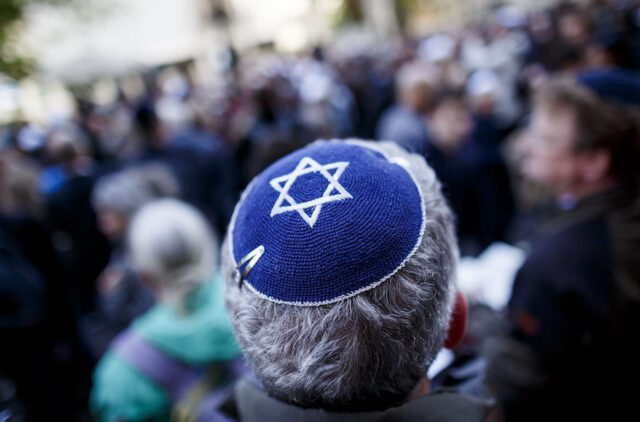
Probably the most recognizable item from our list is the Kippah. The Kippah is a well-known piece of traditional clothing worn by Jewish people around the globe. It is a brimless cap always worn on the head. Kippah or yarmulke, known in the Jewish community, is worn on the head during prayer not only by men but by women also.
In the Orthodox community, the head of mails should always be covered with a Kippah, and the members of this community traditionally wear it all the time. But in the non-Orthodox communities, members, including women, tend to wear it only when attending the prayer.
Menorah
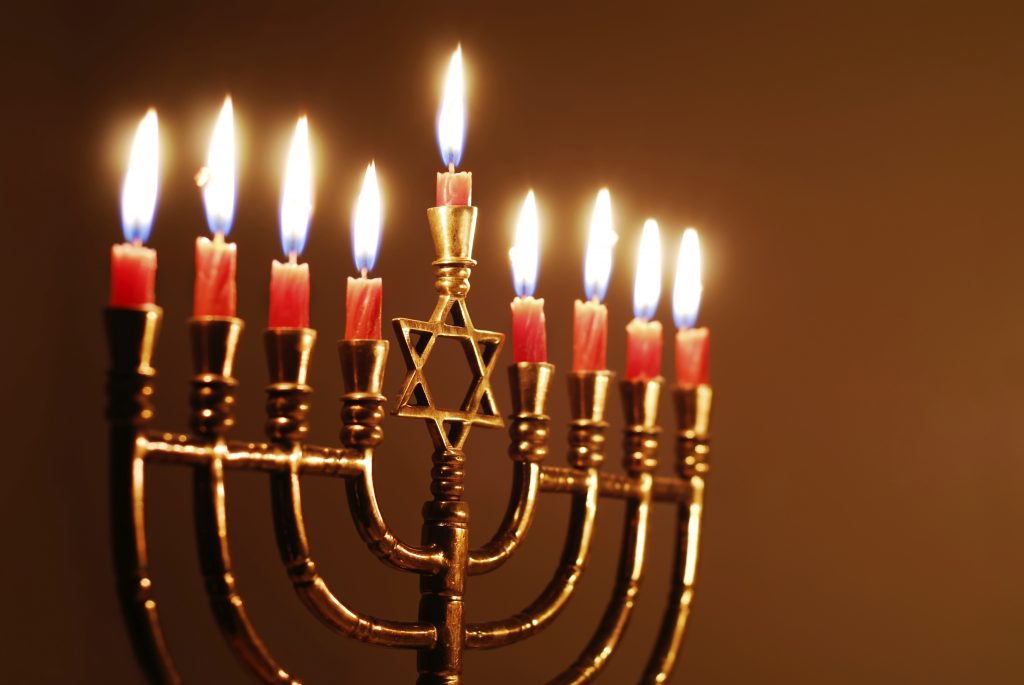
Menorah or Hanukkah is the well-known Jewish nine-branched candlestick present in their history for a long time. A uniquely made candleholder for the Hanukkah has value in the shape and number of candles on it.
One candlestick is deliberately made to be lower from the eight remaining. The mentioned lower candleholder lights up all the rest candlesticks, like a reserve lighter. Every day of Hanukkah, one candlestick is lightened up as a celebration of the eight-day holiday.
Each candlestick is placed on a separated branch, it looks quite impressive when you see it for the first time. It is no wonder that the Menorah is an item so valuable to the Jewish history that even today, not one out of eight Hanukkah days is complete without it.

